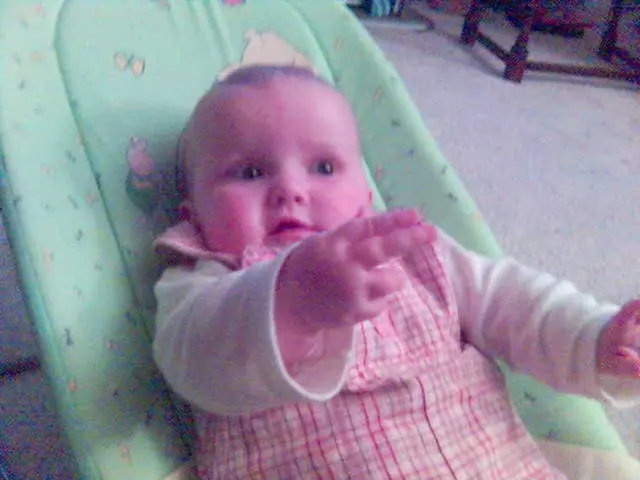Treatment of vulvar cancer through wide local excision: Key points to consider
People who undergo a wide local excision (WLE) for early-stage vulvar cancer can typically return to work between 2 to 6 weeks after the surgery, depending on their type of work and the extent of the surgery[1].
Wide local excision is a surgical procedure used to treat early stage vulvar cancer. The purpose of this procedure is to remove all of the cancer with the least extensive surgery possible[2]. During a WLE, a surgeon will use a scalpel to cut out the tumor and surrounding healthy tissue, usually about 2 cm around the tumor[2].
Compared to more radical surgeries like radical vulvectomy, WLE is less extensive, allowing for quicker recovery and fewer complications while still maintaining low recurrence rates (around 7%) for early-stage unifocal vulvar cancers[2]. However, even with WLE, some patients may face complications like wound infection or lymphedema, though these are more common when lymph node dissection is involved[2].
The costs for a WLE, according to Medicare, are as follows: Ambulatory surgical center - Total cost: $1,934, Doctor fee: $605, Medical facility fee: $1,329, Medicare pays: $1,548, Person pays: $386; Hospital outpatient department - Total cost: $3,284, Doctor fee: $605, Medical facility fee: $2,679, Medicare pays: $2,628, Person pays: $656[1].
Smoking can increase the risk of complications and delay wound healing, so stopping smoking before the procedure can help reduce the risk[3]. Recovery may include resting, taking pain medication, bathing the area with lukewarm water, and pouring warm water over the wound to help ease discomfort after urinating[4].
The relative 5-year survival rate for a person with vulvar cancer that has not spread to the lymph nodes or surrounding tissues is 86%[5]. People will need to contact a doctor if they experience skin inflammation, unusual warmth from the surgical site, foul-smelling or heavy discharge, bright red bleeding, or any other concerning symptoms[6].
Recovery times vary depending on how deep the incision was, wound healing, and the person's overall health. After surgery, doctors will monitor a person in hospital and provide pain medication to relieve any pain[4]. People may attend a pre-operative assessment to ensure they are fit and healthy enough to have surgery[7]. People may be able to leave hospital on the same day or within 3 days of surgery[7].
In the long term, it is important to have regular follow-ups to monitor for any local recurrence. Adjuvant therapies such as chemoradiation may be considered if there is lymph node involvement or other high-risk features but are not typically required for early-stage disease adequately treated with surgery alone[2].
In summary, WLE for early-stage vulvar cancer offers a favorable recovery time of 4 to 6 weeks, low recurrence rates, and a good prognosis when clear margins are achieved. The procedure is less extensive than radical vulvectomy, allowing for quicker recovery and fewer complications. However, it is crucial to maintain a healthy lifestyle, particularly by quitting smoking, to reduce the risk of complications. Regular follow-ups and close monitoring are essential to ensure the best possible outcome.
References: 1. Medicare.gov 2. American Society of Clinical Oncology (ASCO) 3. National Cancer Institute (NCI) 4. Mayo Clinic 5. American Cancer Society (ACS) 6. American Cancer Society (ACS) 7. National Institute for Health and Care Excellence (NICE)
- Wide local excision (WLE), a surgical procedure used in oncology for early-stage vulvar cancer, aims to remove cancer and surrounding tissue with the least extensive surgery possible to maintain low recurrence rates.
- After undergoing a WLE, a typical recovery period ranges from 4 to 6 weeks, depending on the depth of the incision, wound healing, and overall health, allowing for a quicker recovery compared to more radical surgeries like radical vulvectomy.
- It is essential to embrace health-and-wellness practices and quit smoking before the procedure to reduce the risk of complications, as smoking can increase the risk and delay wound healing.
- In the long run, regular follow-ups are crucial to monitor for any local recurrence, and adjuvant therapies like chemoradiation may be considered if there is lymph node involvement or other high-risk features, but they are not typically required for early-stage disease adequately treated with surgery alone.




